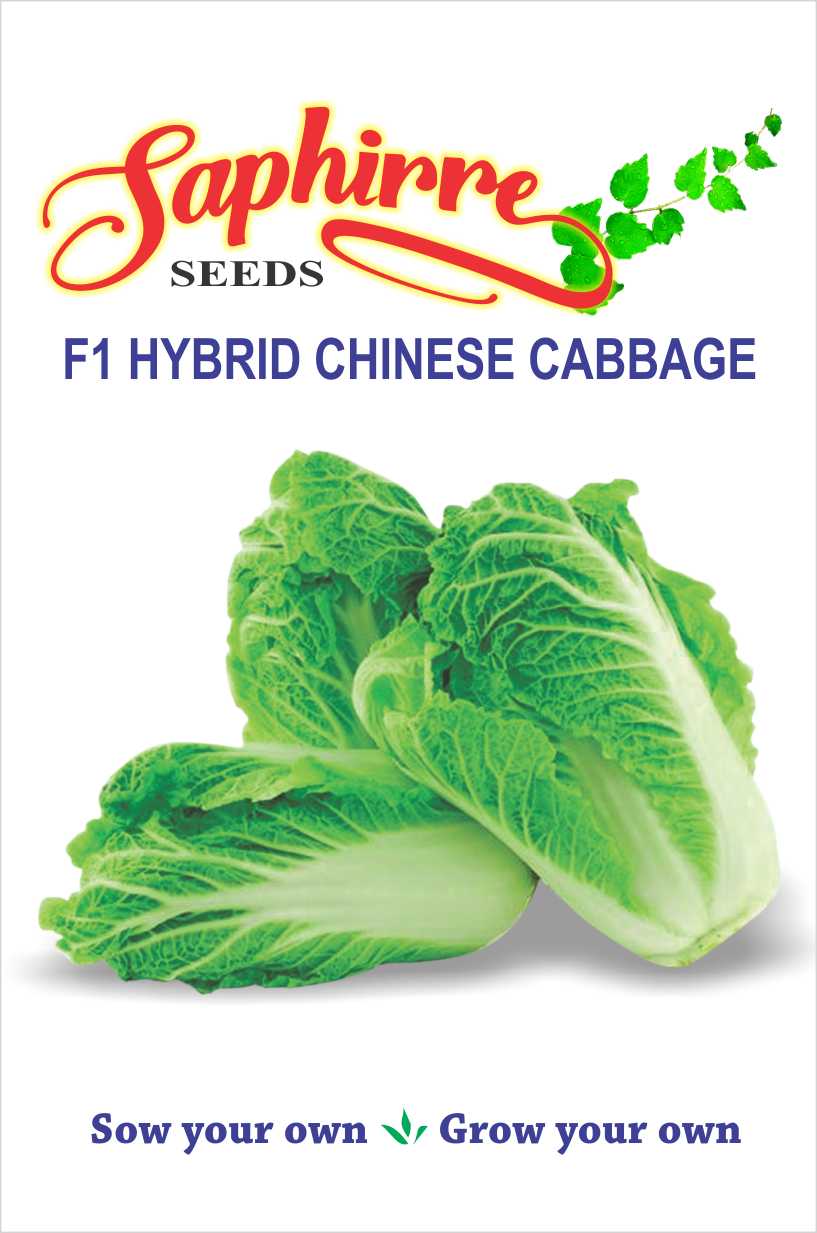Description
Bottle gourd is climbing growing vegetable.
The bottle gourd belongs to the cucumber family and originated in Africa. This vegetable comes in different shapes, the most common being the bottle-shaped (hence the name) and round. The sizes vary from six inches in length to more than six feet.
It grows fast and may begin to flower only 2 months after seeding.
Seeds Specifications
| Common Name | Bottle gourd, lauki, doodhi, and ghiya |
| Height | Height: 10 to 12 feetSpread: 12 feet |
| Flower Colour | White |
| Bloom Time | Summer |
| Difficulty Level | Easy to grow |
Planting And Care
- Weeding can be done by hoeing as and when necessary
- Fruit rot during rainy season can be checked by training the plants over the bamboo stick or dried branches
- Beetles, fruit flies, and caterpillars can be controlled by spraying Malathion
- or Dimethoate
- or Methyl demeton
Bottle Gourd F1 Rama Care
- The bottle gourd is a vigorous, annual, running or climbing vine with large leaves and a lush appearance
- It grows fast and may begin to flower only 2 months after seeding
- The vine is branched and climbs by means of tendrils along the stem
- Choose a location that is sunny and has good drainage
- Place an inch of composted manure on top of the bed and work it into the soil
- Plant seeds 2 feet apart from each other in rows 5 feet apart
- If you are not next to a fence install a trellis or arbor immediately after planting, so you do not disturb growing roots
- Water the soil completely immediately after planting
- Keep the seeds moist for the first 2 weeks
F1 Bottle Gourd
Medicinal Use:
- It contains a great nutrition
Culinary Use:
- In Chinese cuisine, it is frequently used in soups or in stir fries
- In India, doodhi can be combined with dal and spices to make Doodhi Kootu
- It can also be stir fried with onion, garlic and tomatoes to make asemi dry subzi that will go well with phulkas







Reviews
There are no reviews yet.